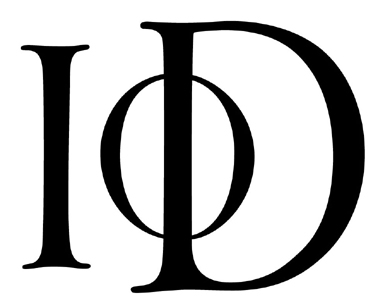The 2014 Institute of Directors Annual Convention on Friday 3rd October had much more of a theme around growth, innovation and creativity than in recent years. The macroeconomic context gave speakers the platform to explore possibilities, rather than focusing on ‘what if’ scenarios linked to fluctuating economic performance.
Here are some soundbites and mini case studies from the day to give you something to think about…
The headline numbers gave us much to feel optimistic about. Over 500,000 jobs have been created since the last Convention and the UK growth rate is outstripping other G7 nations.
Politics
In his opening speech, Simon Walker, the IoD Director General, called on business to press the positive case for business amidst a backdrop of what he called a public disenchantment with big business, politics and the establishment. Unsurprisingly, the first speaker – George Osborne – was pressed on those points.
Osborne reported that foreign investment is up, although export performance is a weakness in the economy that he wants to address. He revealed that the North West, Yorkshire and the North East are the fastest growing regional economies in the country and called on Northern cities to become more collaborative and greater than the sum of their parts ‘to create a global powerhouse in the North’. We’ve seen recent evidence of this at a recent meeting between Leeds and Manchester leaders Tom Riordan and Howard Bernstein, so there is progress being made.
He stressed his desire for economic reform in Europe to make it a more competitive place to do business and sympathised with business owners that struggle with regulation from Brussels. Osborne finished by reiterating Simon Walker’s call for businesses to lead the debate in the next election in the face of inevitable criticism from Trade Unions – whichever party they choose to align themselves to.
Purpose makes profits and retains talent
Several speakers acknowledged that customers and employees have more power than ever. Social media is becoming the dominant way for us to obtain news (visits to the New York Times website are down half in just 3 years) while sites like BuzzFeed has seen traffic in the UK rise by 400%. It’s also a popular customer communication channel and employee’s friends and family are more aware of their business than ever before, so they feel greater attachment to it.
So businesses that accommodate these preferences are attracting the best talent and when they harness a common purpose, they achieve results. Virgin America is stealing market share in the US at a fantastic rate – it is also rated best for customer satisfaction. Susan Subbott of American Express described her recent experience as amazing (“the cabin looked more like a night club and the staff looked fantastic”) – it was clear Virgin had successfully engaged with its employees by clearly defining its objectives and given employees a common purpose and the platform to be the best.
Creativity and disruption not just for start-ups
In many ways not an obvious choice for disruption, but Andy Bird, the chairman of Walt Disney International explained how a culture of risk and creativity drives Disney on; “creativity is the value driver for every one of our businesses” he said.
It’s an established business that has touched almost every part of the world. It uses acquisitions like Pixar to keep developing where it realises its own limitations. Pixar was an attractive acquisition to the outsider (it created 40 number 1 grossing films in a row) but the real value for Disney is the creativity of its people. The cycle of acquiring and attracting creative people means the next generation of talent wants to work there.
Despite running theme parks and being synonymous with cartoon mice, Bird says technology and creativity are game-changers, while Disney seeks to be a disruptive influence.
CEO Insight
The afternoon session was dominated by the game-changing theme. Uber has transformed the way people travel around cities, and despite inevitable resistance from other licensed taxi firms, has truly disrupted its industry. The co-founder, Travis Kalanick was unapologetic in his defence of the way Uber stood out as an underdog proud of its product and with a voice, which resonated with delegates.
Another story of risk came from James Quincey of Coca-Cola when he talked about the ‘share a coke with…’ campaign, which met resistance from all corners internally at the beginning, but the case for social sharing and brand enhancement won out, to huge success.
Jeremy Hicks of Jaguar Land Rover UK talked about how his business had to change the game, because it was on the way out. While other speakers chose to focus on people or technology as their game-changer, Hicks cited “product, product, product” as the key to JLR’s recent success. There was a nod to digital in the press launch of the new XE though – within 48 hours there were 3,000 news articles and the launch reached 120m Twitter users.
It doesn’t all have to be about winning new customers though, Tom Johnstone of SKF explained how SKF innovated to retain customers. From the principle that only customers can derive value from a relationship, SKF helps customers to see value. Using data about how customers are performing against others and benchmarking this, they can pass recommendations.
This has equated to £26bn of savings for SKF’s customers in the last five years, which is driving retention and engagement.
